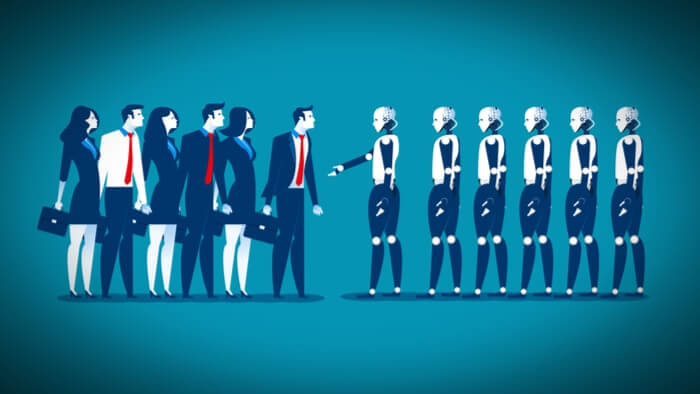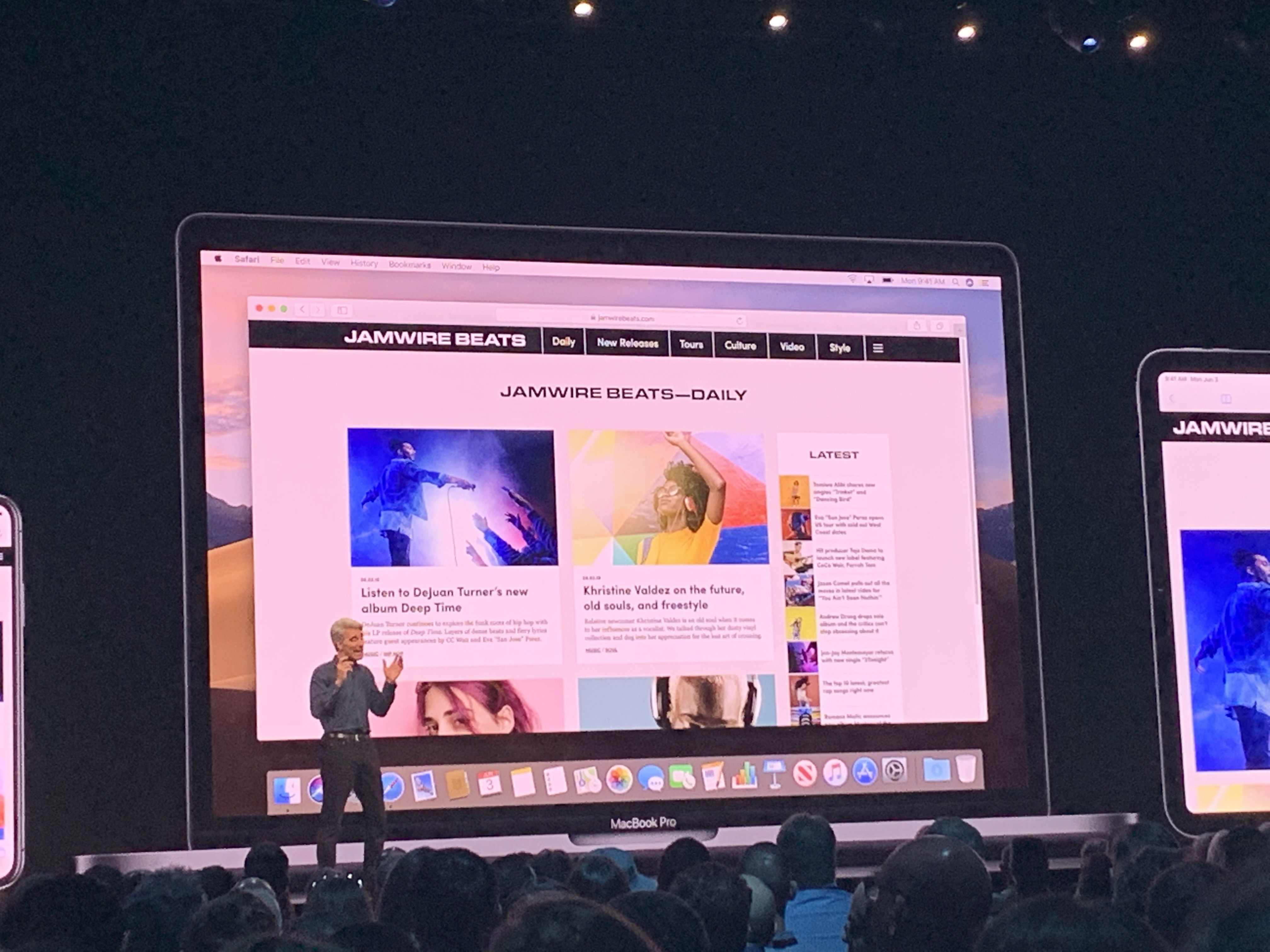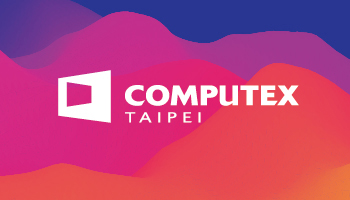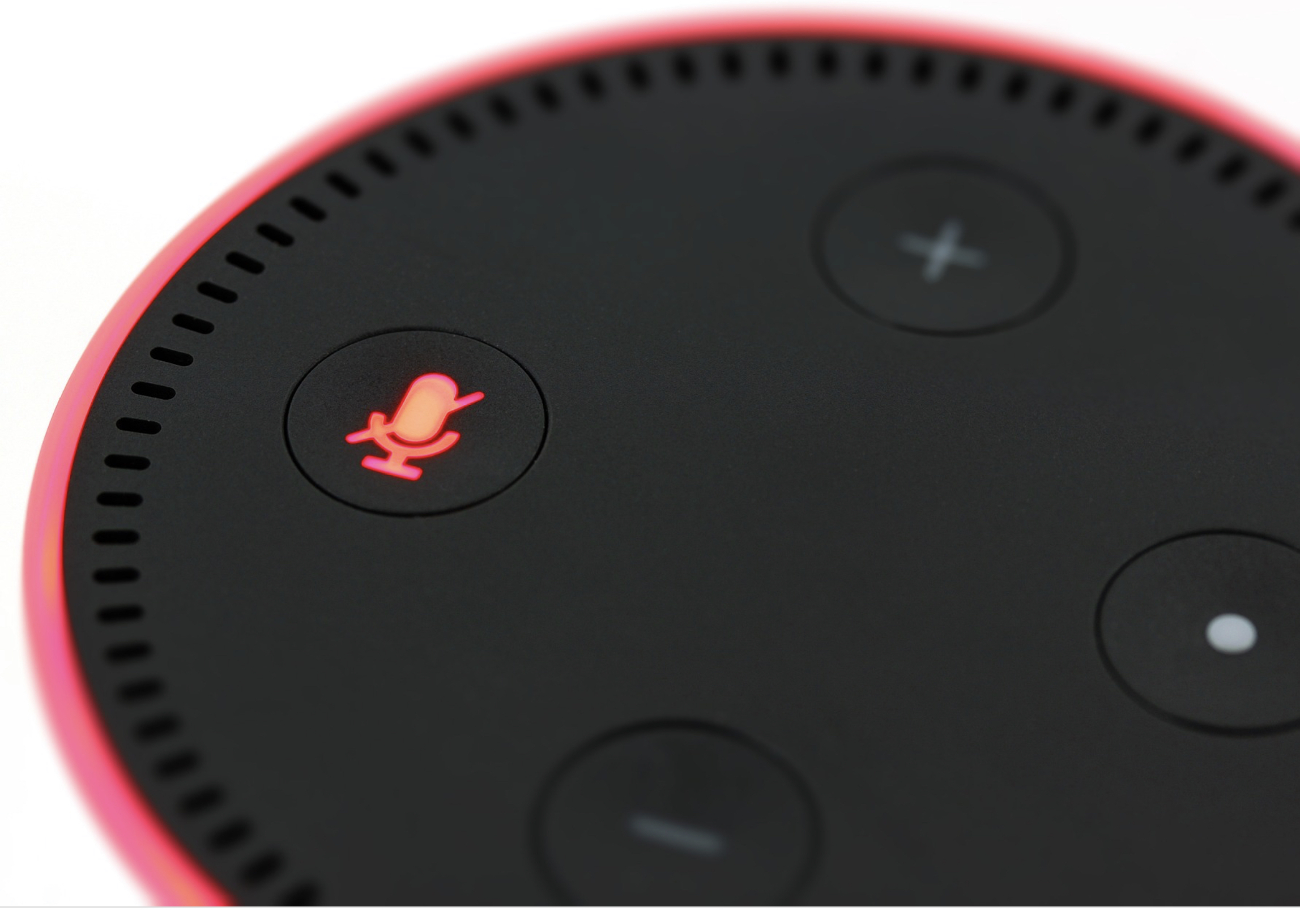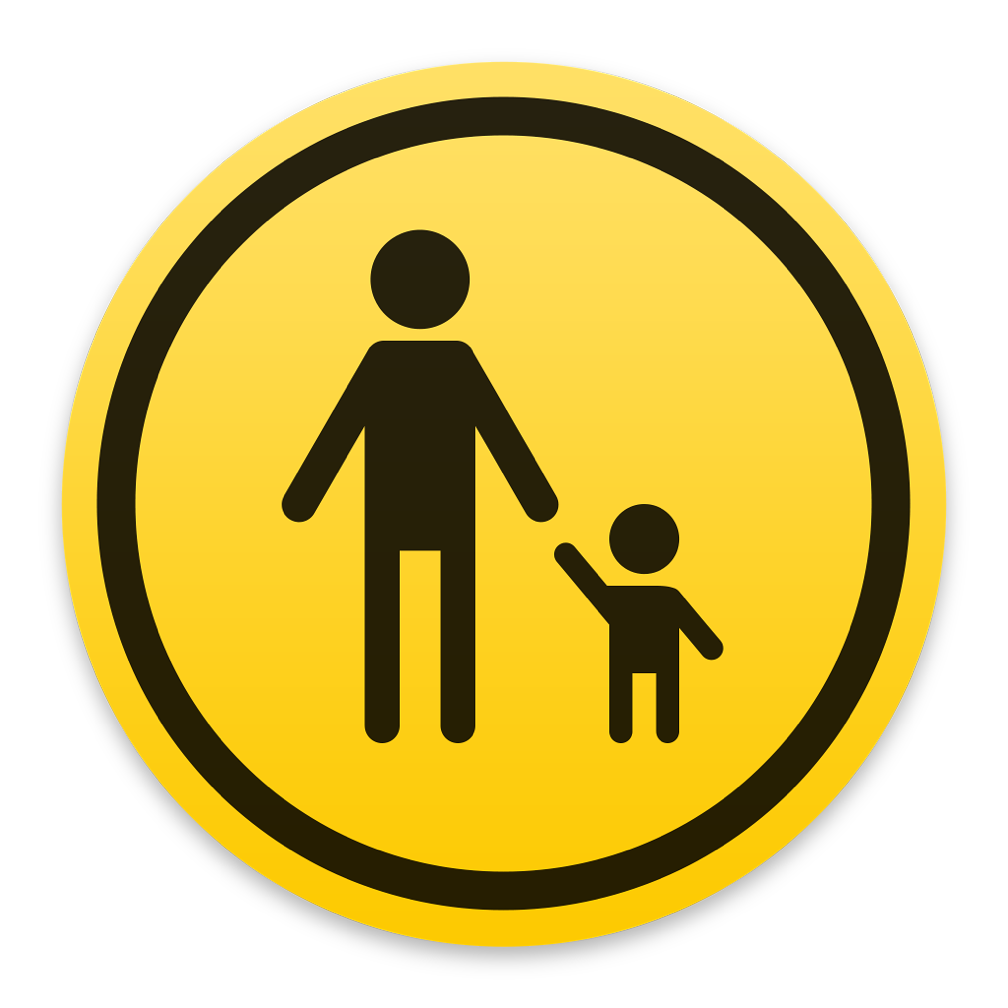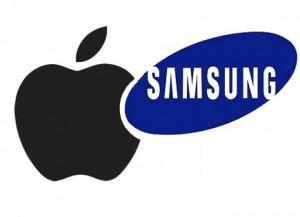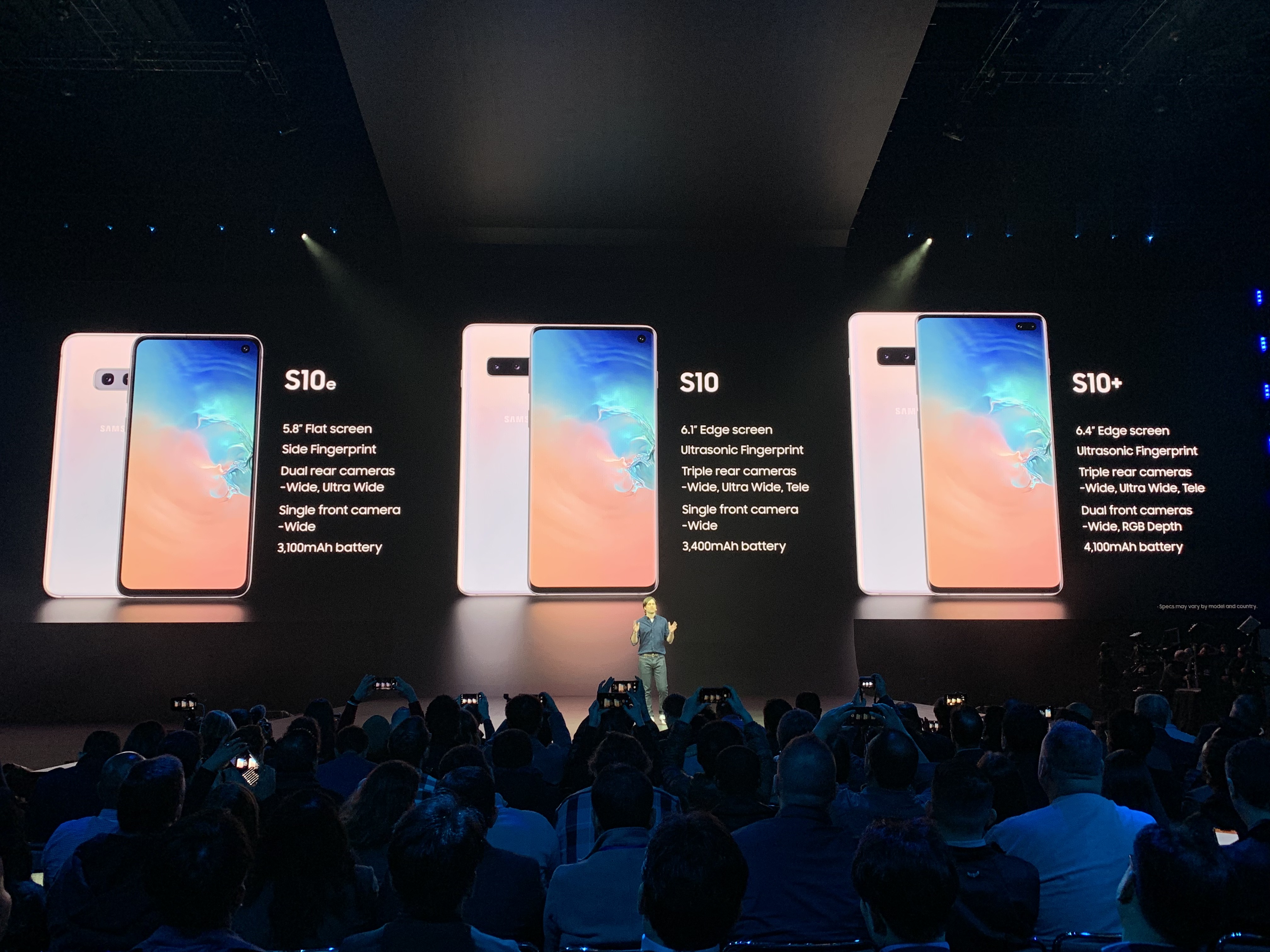Last week Dell Technologies, in collaboration with the Institute for the Future (IFTF) published a report exploring how emerging technologies could impact the work environment over the next decade.
The report highlights four technological areas: Collaborative AI, Multimodal Interfaces, Secure Distributed Ledgers, and Extended Reality. There is no question that these areas will have a big impact on our future, both from a B2B and B2C perspective. The extent of the effect on your overall business will depend on the vertical a company is in, but the impact that some of these technologies will have on hiring, training, and collaboration will affect every business no matter what market you are in.
When I think about the workplace, there are two areas that, in my view, are not just ready for change, but they are long overdue for it: talent discovery and retention and collaboration.
Talent Discovery and Retention
Let’s start with how intelligence can fuel better talent discovery and skillset matching.
Today we still live in a world where white-collar positions are matched with candidates by a head hunter or a human resource manager. As much as candidates spend time writing about hobbies and activities in their cover letter, very little attention is paid to it as, for the longest time, the initial screening has been mostly based on education and career. More recently, however, as our lives become more public, thanks to social media, candidates have seen their digital life being brought to the interview table mostly to be used as a measure of their character.
There is no question in my mind that the current system to find and match talent to the job to be done is long overdue for a change. Technology has the potential to help drive that change if companies are genuinely open to thinking differently. Take gender, is it indispensable to know what gender your candidate is? In most cases, I would argue it is not. What about ethnicity? Certainly not. But what about diversity and inclusion I hear you say? This is precisely the point. If you designed an algorithm to look at what skills are needed for a job rather than the qualifications so that the first step in the process is a blind one you will already start to widen the initial pool compared to what we have today. In the 2030 example given in the report that process would be followed by an interview with the candidate in an extended reality environment where the candidate chose to depict themselves in whichever way they saw fit, making gender and ethnicity much more fluid concepts.
The big concern with using AI is algorithm bias. For instance, if you tried to create a model that helped you identify the key requirements for a doctor and you used photos that depicted doctors over the year you will probably think that wearing a white coat and being a white male are key required characteristics. Addressing bias in AI start with addressing bias in ourselves and in particular in the people who are responsible for creating the ML models. The concern around bias in AI, however, should not distract us from the fact that the current process lead by humans is often biased.
We have yet to fully understand how the data that we all make publicly available can be used to create a more comprehensive portrait of potential employees. Using data from our digital life can play a role in highlighting the skills we have but also what drives us. I was looking at my own digital footprint through my social media presence, and there is a lot that comes through that would not make it into my work resume. You can probably find that I have developed many work relationships that I maintained over the years, I juggle family life and work and the two often cross, I try and build other women up, I am a bit of a workaholic, and I have an expressive driver work personality. Other activities we do from gaming to sports, to what movies we like, the books we read might also become a data pool that helps paint a fuller picture of who we are and what we bring to the job and how we fit the company culture. The same data could also be used to increase employees’ retention and engagement by using drivers that match what they most care about.
Collaboration
The other aspect that I am personally excited about when it comes to work and technology is collaboration. The challenges that growing real estate costs or lack of family support for families with children or elderly parents are posing, as well as an attempt from companies to diversify talent pools means that the workplace is becoming more spread out in a mix of office based and remote based employees.
Technology can help bring people closer together even when they are not in the same location. It is early days for augmented reality, and all the demos seem to be more work than they are worth it, and we are a long way away from the cool holograms in sci-fi movies. Other technologies, however, such as voice over and real-time translation are already improving the level of collaboration by making the workplace more inclusive whether you have a disability or you have a multi-language team working together.
Personal relationships are the foundation of good business and most people, no matter what countries they are based in, will tell you that nothing replaced an excellent face to face interaction. Yet, when traveling to get together is not an option, we will be able to count on technology to bring us closer together. The market for collaboration software has been on the rise for quite some time and some are forecasting it to reach $60 billion by 2023. Just because we cannot be physically in the same room it does not mean we cannot collaborate in a natural and productive way.
When we talk about technology and work, the focus tends to be on many of the adverse effects people fear technology will have on their jobs. We often read about AI and automation taking our jobs, or we learn about the lack of skills the workforce will have in this new tech-driven world. Such a change will not come overnight. As much as the scenarios painted in the Future of Work report are exciting, they will be the result of a series of small steps taken over the next ten years. For both the positive and the negative, when we consider truly disrupting technologies such as AI, automation or crypto we get excited or concerned about what our world will be in ten years time and we do not look enough at how technology will change our world tomorrow and every day after that till we get to 2030. Futurists do their job in showing us what the future will be, technology companies do their job in making it a reality and us humans, being at work or at home, are ultimately the ones who will embrace or reject such change.
